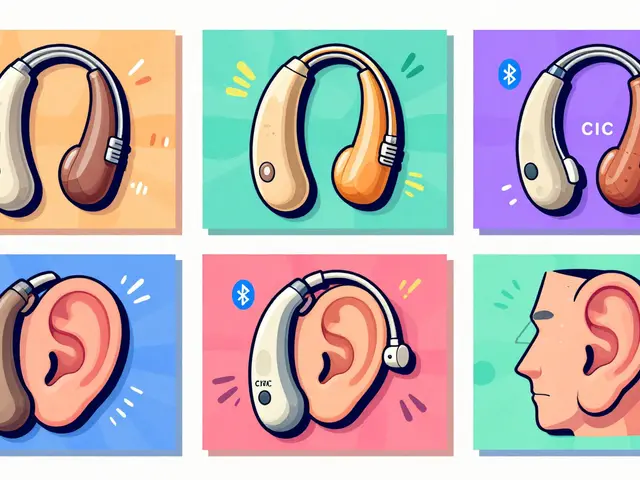Iron Deficiency Anemia – What You Need to Know
If you’ve felt unusually tired, short of breath, or noticed pale skin, iron deficiency anemia could be behind those symptoms. It’s a common condition where the body doesn’t have enough iron to make healthy red blood cells. Without enough iron, oxygen can’t travel efficiently, leaving you drained and foggy.
What is Iron Deficiency Anemia?
Iron deficiency anemia happens when your iron stores run low enough to affect hemoglobin production. Hemoglobin is the protein in red blood cells that carries oxygen. When it drops, everyday tasks feel harder. Common triggers include poor diet, heavy menstrual periods, frequent blood donations, or gut issues that block iron absorption.
Typical signs are:
- Fatigue and weakness
- Dizziness or light‑headedness
- Cold hands and feet
- Cravings for non‑food items (pica)
- Fast heartbeat during mild activity
If you notice several of these, a simple blood test can confirm the diagnosis.
How to Manage Iron Deficiency Anemia
The quickest fix is often an iron supplement prescribed by a pharmacist or doctor. Look for products that contain ferrous sulfate, gluconate, or fumarate – they’re well‑absorbed and inexpensive. Take the tablet with water on an empty stomach if you can; food, especially dairy or coffee, can hinder absorption.
Alongside pills, boost iron naturally through diet:
- Red meat, poultry, and fish (best sources)
- Leafy greens like spinach and kale
- Lentils, beans, and fortified cereals
- Vitamin C‑rich foods – orange juice or bell peppers – to help your body use the iron.
Avoid drinking tea or coffee right after meals because tannins lock up iron. Also, keep an eye on calcium supplements; they can compete for absorption.
If you have chronic conditions such as celiac disease or inflammatory bowel disease, talk to a healthcare professional about targeted therapies. Sometimes, the underlying issue needs treatment before iron levels rise.
Most people see improvement within weeks of starting supplementation and dietary changes. Regular follow‑up blood tests are essential to ensure your iron is back on track and to prevent excess iron, which can be harmful.
Bottom line: recognize the signs early, get a quick blood test, and combine safe supplements with iron‑rich foods. With these steps, you’ll regain energy and keep your body running smoothly.





